Stanislaw Dzwigaj, Sorbonne University, France
The metal ions well dispersed at microporous zeolite framework are considered to be active sites of catalytic processes. Therefore, the incorporation of these metals into the microporous materials as isolated tetrahedral sites appears to be the important task. We have earlier sho [....] » Read More

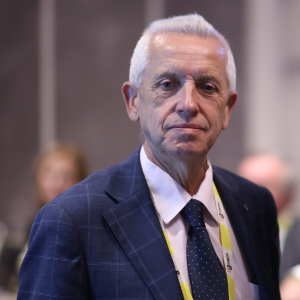

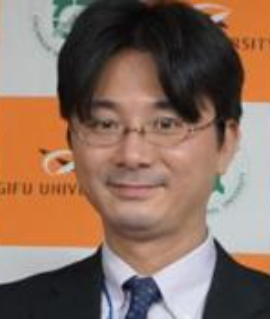


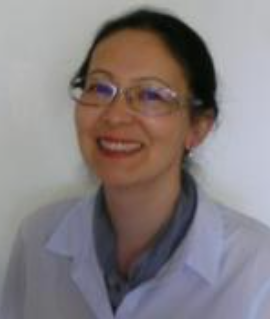
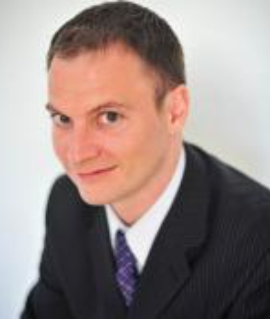


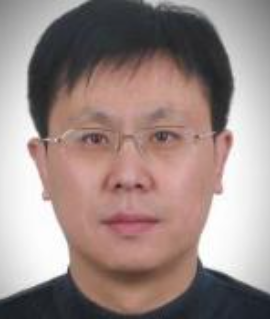










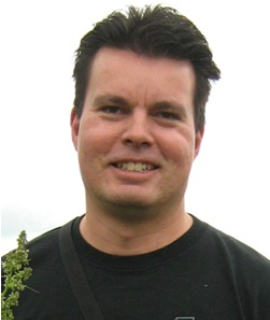



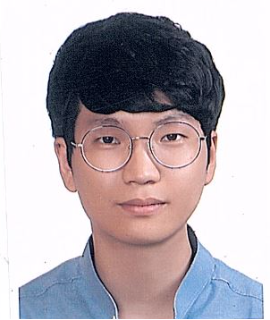

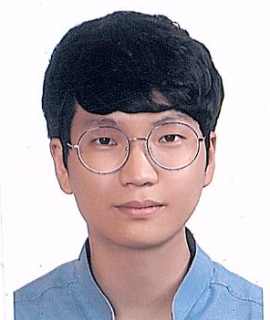






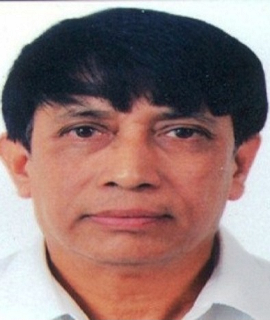
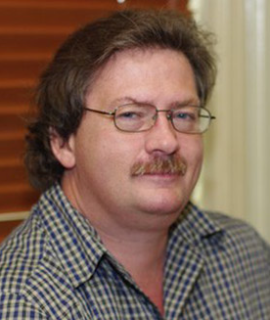




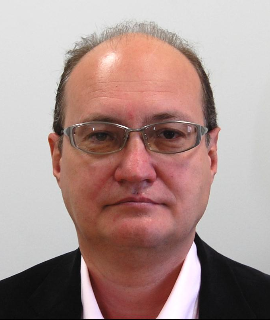




Title : Advances in the direct synthesis of hydrogen peroxide using Au catalysts
Jennifer K Edwards, Cardiff Catalysis Institute, Cardiff University School of Chemistry, United Kingdom
The field of gold catalysis has expanded rapidly since its inception in the early 1980s, when independently Professors Hutchings and Haruta demonstrated that subdivided nanoscale gold can be successfully utilised as a highly effective catalyst for the hydrochlorination of acetyle [....] » Read More
Title : Decoration of acyclic amines via metal catalyzed C-H activation reactions
Michael Schnurch, TU Wien, Taiwan
Metal catalyzed C-H activation chemistry can be considered as the logic advancement of cross-coupling chemistry (e.g. the famous Suzuki-Miyaura reaction). Instead of using two pre-functionalized reaction partners, the C-H bond itself is used as functional group. This bears the po [....] » Read More
Title : Isotope tracer studies on the mechanism of Fischer-Tropsch synthesis: its impacts on selective catalysts developments, geoscience, planetary studies and the origin of hydrocarbons on the Earth
Buchang Shi, Eastern Kentucky University, United States
The Fischer–Tropsch (FT) reaction is a non-selective process in which CO and H2 are converted to fuels and chemicals such as n-alkanes, 1-alkenes, 2-alkenes and oxygenates as well as branched hydrocarbons. The commercial importance of this reaction is that it provides a rou [....] » Read More
Title : Photodynamic Therapy (PDT) of Tumors: An Overview of Long-Term Team(s) Four Decades Experience
Mohamed El Far, Mansoura University, Egypt
A series of land-mark contributions were made in our laboratories in PDT of tumors by LASER as well as other invented light source(s). Lecture will cover our journey over 40 years from bench to clinical applications. It includes novel approaches as: 1) using natural photosensitiz [....] » Read More
Title : Assessment of the production of hydroxyl radical using nano zero-valent iron embedded in a meso-porous silica matrix
Erick R Bandala, Desert Research Institute, United States
Zero-Valent Iron (Fe0) has been shown to detoxify water by creating hydroxyl radicals through Fenton-like reactions combined with hydrogen peroxide (H2O2) to get rid of organic contaminants. Nano-sized zero-valent iron (n/ZVI) in combination with oxidants and UV radiation, has be [....] » Read More
Title : Catalysis effects over atmospheric particles composed by H2O, HCl, HNO3 and H2SO4: Quantum analysis
Maria de los Angeles Verdes Gago, Autonomous University of Madrid, Spain
Ozone depletion is closely related to HNO3, H2SO4, HCl and H2O particles that form Polar Stratospheric Clouds (PSCs) over polar areas in the winter1-3. Surface–catalyzed reactions on PSCs particles generate chlorine compounds that photolyze readily to yield chlorine radical [....] » Read More
Title : Computational design of novel catalyst system
Tadashi Ogitsu, Lawrence Livermore National Laborator, United States
Recent progresses in theory of catalytic reactions led to successful computationally guided discoveries of novel catalyst systems. However, simultaneously, it also disclosed presence of intimate relation between energetics and kinetic of elemental catalytic reaction processes for [....] » Read More
Title : CO2 activation and reduction catalyzed by FeS nanocatalyst: A DFT study
Nelson Y Dzade, Utrecht University, Netherlands
Iron sulfide minerals are relevant in origin of life theories, due to their potential catalytic activity towards the activation and conversion of carbon dioxide (CO2) to small organic molecules, which may be applicable to the production of liquid fuels and commodity chemicals. Th [....] » Read More
Title : Fexible supercapacitor characteristics from several composite materials
Hee Je kim, Pusan National University, Korea, Republic of
This paper demonstrates, reduced graphene oxide/Manganese selenide and CNT/NiS composite electrodes have been sucessfully synthesized by convenient hydrothermal methode for supercapacitor applications. The hydrothermal reaction carried out with sodium borohydride (NaBH4) as a red [....] » Read More
Title : Pt and Pd Clusters Confined in the Bulk of Fiberglass as an Effective Heterogeneous Catalysts
Bair S Balzhinimaev, Boreskov Institute of Catalysis, Russian Federation
Non-porous fiberglass (FG) textile materials of silicate origin (the BET surface area of ca 0.5 m2/g) are produced for a long time in industry and are widely used as perfect heat and electric insulators. However, these microfiber materials are much less known in catalysis in spit [....] » Read More
Title : Tuning the Surface Adsorption Properties of Polymer Sorbents via Facile Methods
Lee D Wilson, University of Saskatchewan, Canada
Cross-linked polymers were prepared by coupling β-cyclodextrin (β-CD) with two different types of diisocyanates, respectively. Materials with diverse structural and textural properties were obtained by varying the rate of diisocyanate addition: rapid (R) or drop-wise (D [....] » Read More
Title : Metal supported on titania for nitrate reduction
Peter J Miedziak, Cardiff University, United Kingdom
The contamination of ground water with nitrates from highly soluble nitrogen based fertilizers is a major problem. Nitrate and nitrite, which is formed by reduction of nitrate, are toxic to the human body, particularly for infants. Photocatalysis provides a method for removing th [....] » Read More
Title : Fischer-Tropsch synthesis catalyzed by small TiO2 supported cobalt nanoparticles prepared by sodium borohydride reduction
Jorge A Delgado Delgado, Centre Tecnologic de la Quimica, Spain
Fischer-Tropsch Synthesis (FTS) is considered a key process of the XTL technologies (biomass-to-liquid, BTL, gas-to-liquid, GTL, and solid-to-liquid, STL) since through this catalytic reaction, syngas (a mixture of H2 and CO) can be transformed into clean fuels. One of the main c [....] » Read More
Title : Inline concentration profiles in enzyme catalyzed reactive rectification using infrared spectroscopy
Marc Andreas Christlieb, Hamburg University of Technology, Germany
Enantiopure compounds are of high value to the pharmaceutical industry and enzymes such as the lipase B from Candida antarctica (CalB) can perform highly enantioselective reactions. On the contrary enzyme catalyzed reactions are often inhibited by a reaction product or thermodyna [....] » Read More
Title : Thermal stability study of catalysts in esterification reaction processes
Edidiong Okon, The Robert Gordon University, United Kingdom
In this study, the esterification of lactic acid with ethanol catalysed by cation-exchange resin catalyst to produced ethyl lactate also known as a petrochemical chemical solvent was carried used in a batch wise mode. The different catalysts used for the esterification process wa [....] » Read More
Title : Computational study of the Fischer-Tropsch process catalyzed on small Ru clusters: Beta-elimination versus reductive elimination
Edward Brothers, Texas A&M University, Qatar
The Fischer-Tropsch (FT) process is a key step in the production of hydrocarbons from natural gas, coal or biomass. In particular, the FT process generates a mixture of liquid hydrocarbons from synthesis gas (i.e. CO and H2), obtained via steam reforming. The composition of this [....] » Read More
Title : Cobalt(III)-Supported Chemically Modified Mesoporous Silica as Heterogeneous Oxidation Catalyst
Purabi Sarmah, Nalbari College, India
The catalytic activity of a heterogeneous oxidation catalyst, named as Co-CMS1 based on a cubane-like Co(III) oxo cluster which is immobilised on a porous organomodified silica, will be described. The heterogeneous Co(III) supported chemically modified silica (CMS) system (Co-CMS [....] » Read More
Title : Design of heterostructure photoelectrodes for solar fuels
Yan Gu Lin, National Synchrotron Radiation Research Center, Taiwan
Global climate warming and environment pollution have spurred scientists to develop new high-efficient and environmental-friendly energy technologies. Sunlight is a clean, renewable and abundant energy source on the earth. Its conversion to hydrogen has been considered an ideal s [....] » Read More
Title : Photocatalytic hydrogen evolution from water splitting over mixed valence tin oxide semiconductor under visible light irradiation
Toyokazu Tanabe, Kanagawa University, Japan
Water splitting using a particle photocatalyst with visible light has attracted interest, because this will realize efficient conversion of the solar energy to hydrogen fuels for sustainable energy managements. Many water-splitting photocatalysts, such as metal-doped oxides, meta [....] » Read More
Title : Active carbons as nanoporous materials for solving of environmental problems
Victor Mukhin, Neorganika, Elektrostal, Russian Federation
However, up to now, the main carriers of catalytic additives have been mineral sorbents: silica gels, alumogels. This is obviously due to the fact that they consist of pure homogeneous components SiO2 and Al2O3, respectively. It is generally known that impurities, especially the [....] » Read More